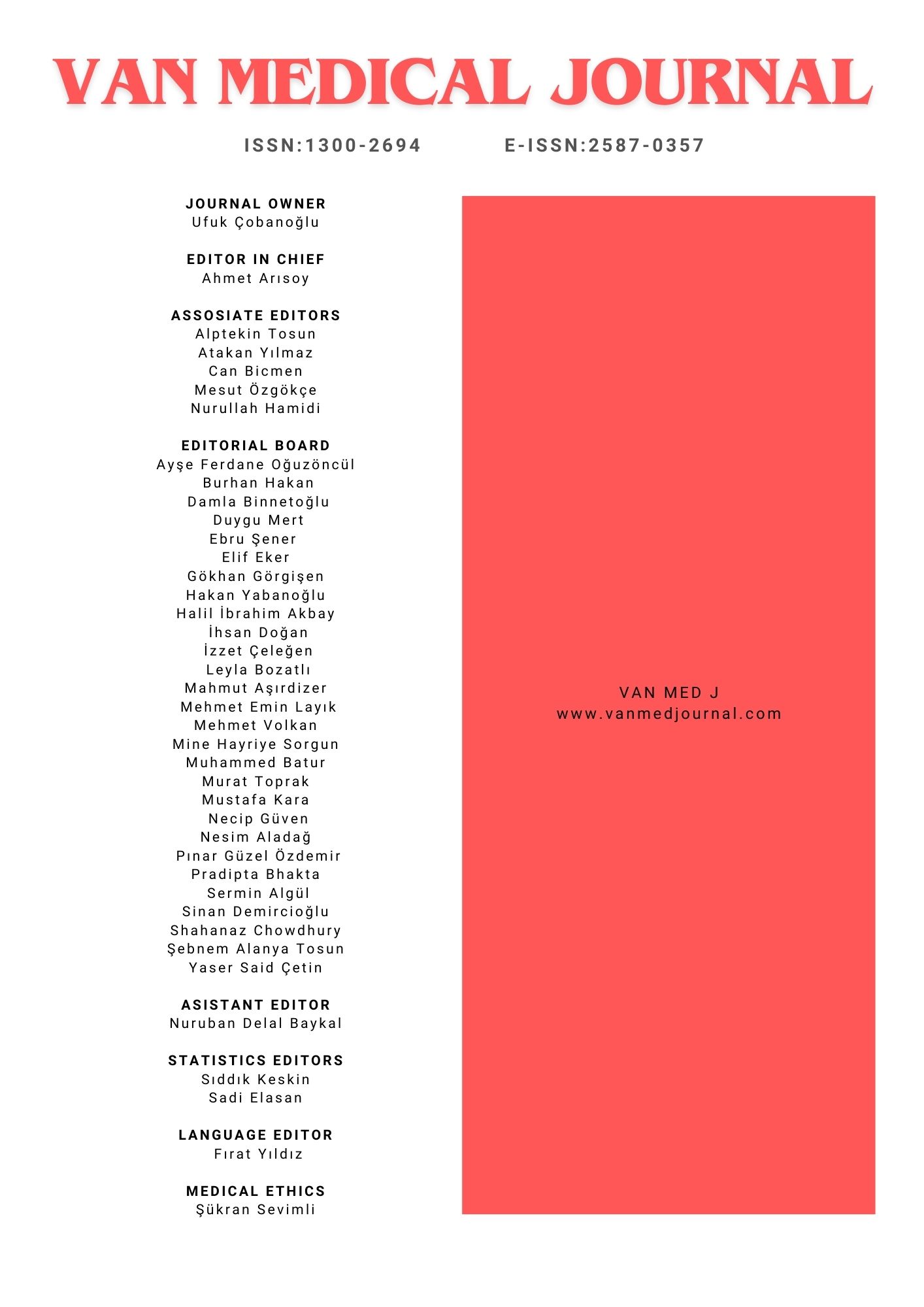Complete Blood Count-Derived Inflammation Indices in lumbar Modic Changes
Yasemin Özkan1, Mahmut Alpayci2, Veysel Delen31Adnan Menderes University Hospital, Department Of Physical Medicine And Rehabilitation2Fizyocenter Hospital, Department Of Physical Medicine And Rehabilitation
3Harran University Hospital, Department Of Physical Medicine And Rehabilitation
INTRODUCTION: Complete blood count (CBC)-derived indices such as neutrophil/lymphocyte (NLR) have been proposed as indicators of systemic inflammation. Modic changes are vertebral endplate lesions associated with low back pain. Modic type 1 changes (MC1s) are inflammatory in nature and more painful than MC2s. However, there are not enough studies on the relationship between MC1s and systemic inflammation. In this study, we aimed to investigate the relationship between MC1s and systemic inflammation by considering the CBC-derived indices.
METHODS: This comparative study was conducted at Harran University Hospital between March 2023 and January 2024. In the study, 24 MC1s and 24 MC2s patients were compared in terms of demographic characteristics, pain severity, C-reactive protein (CRP), erythrocyte sedimentation rate (ESR), CBC cells and CBC-derived indices.
RESULTS: The two groups were statistically similar in terms of age (p=0.111), gender (p=0.752), BMI (p=0.415), pain duration (p=0.860), CRP (p=0.341), ESR (p=0.412), CBC cells (p>0.05) and CBC-derived indices (p>0.05). Only MC1s patients had significantly higher low back pain severity than MC2s patients [7.5±1.1 (5.0-10.0) vs 6.8±1.2 (5.0-9.0), p=0.032]. However, no significant correlation was found between pain intensity and other parameters (p>0.05).
DISCUSSION AND CONCLUSION: MC1s and MC2s patients are similar in terms of inflammation markers. The greater severity of low back pain in MC1s patients may be related to the local inflammatory nature of MC1s, but not to systemic inflammation. Management of low back pain caused by Modic changes should focus on local treatment approaches.
Keywords: Low back pain, inflammation, disc degeneration, complete blood count.
Manuscript Language: English

